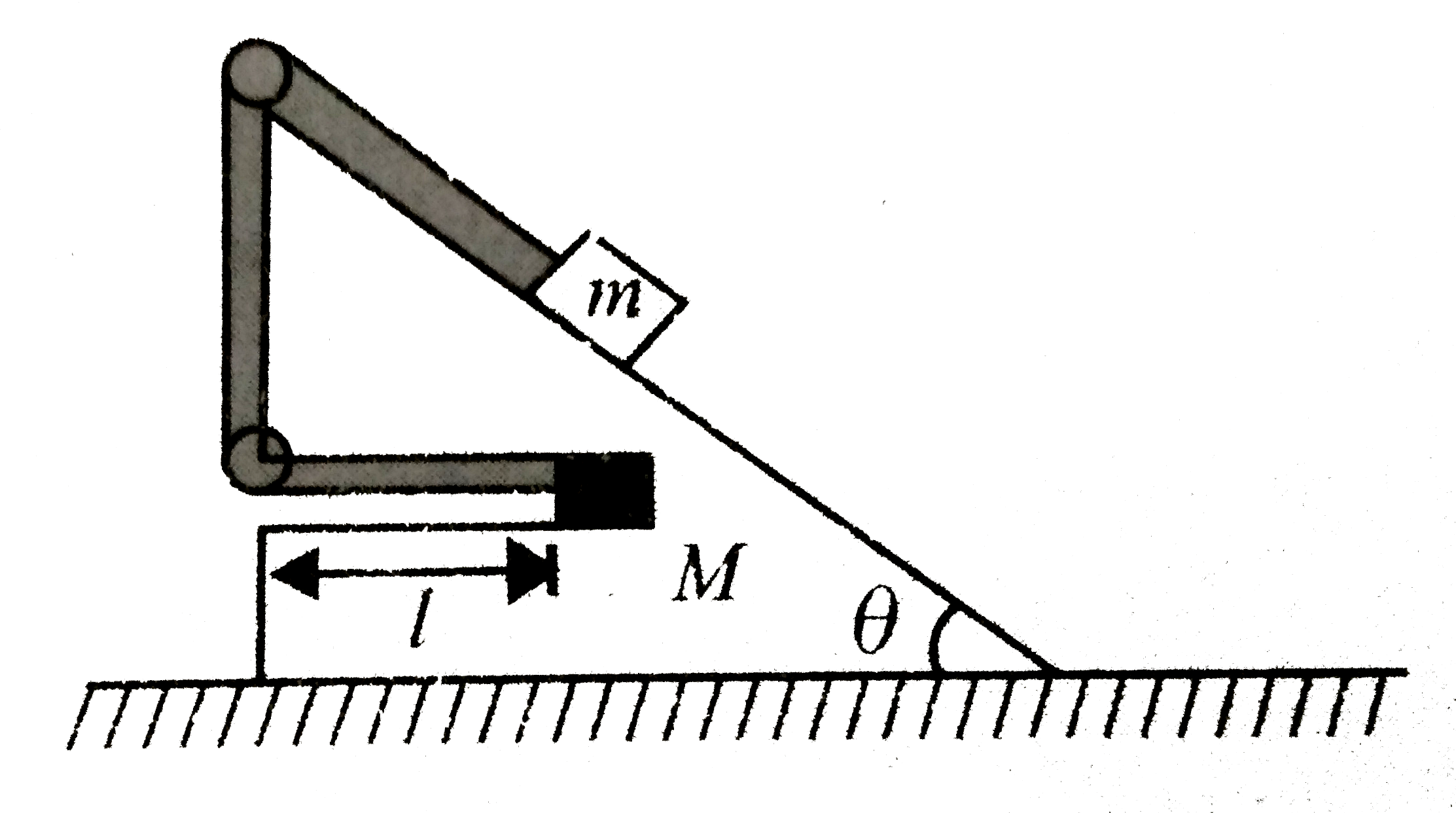∧∘m(HAc) is equal to ……………Solution in Gujrati
∧∘m(AcH)+∧∘m(KAc)+∧∘m(NaAc)
∧∘m(HCl)+∧∘m(NaAc)−∧∘m(NaCl)
∧∘m(KCl)+∧∘m(KAc)−∧∘m(HCl)
∧∘m(KCl)+∧∘m(NaAC)−∧∘m(NaCl)
The correct Answer is:B
Step by step video, text & image solution for wedge^(@)""_(m(HAc)) is equal to …………… by Chemistry experts to help you in doubts & scoring excellent marks in Class 12 exams.
Updated on:21/07/2023Topper's Solved these Questions
- BOARD EXAM QUESTION PAPER MARCH - 2020 BOOK - KUMAR PRAKASHANCHAPTER - BOARD EXAM QUESTION PAPER MARCH - 2020 EXERCISE - PART -B
23 Videos
- BIOMOLECULESBOOK - KUMAR PRAKASHANCHAPTER - BIOMOLECULESEXERCISE - SECTION - E (MCQs asked in Board Exams)
61 Videos
- CHEMICAL KINETICSBOOK - KUMAR PRAKASHANCHAPTER - CHEMICAL KINETICSEXERCISE - Section-E(MCQs asked in GUJCET/Board Exams )
53 Videos
Similar Questions
Write two difference order of reaction and molecularity.
View SolutionWhich solvent is used for cellulose ?
View SolutionThe half life period for a first order reaction is
View Solution∧∘m for NaCl,HCl, and NaAc are126.4,425.9, and 91.0Scm2mol−1 , respectively . Calculate ∧∘ for Hac.
View SolutionFind the displacement of the wedge when m comes out of the wedge. There is no friction anywhere.
View SolutionIn the given the wedge is acted upon by a constant horizontal force 'F'. The wedge is moving on a smooth horizontal surface A ball of mas 'm' is at rest relative to the wedge The ratio of forces exerted on 'm' by the wedge when 'F' is acting and 'F' is withdrawn assuming no friction between the edge and the ball is equal to .
View SolutionFind the acceleration of rod A and wedge B in the arrangement shown in figure if the mass of rod equal that of the wedge and the friction between all contact surfaces is negligible Take angle of wedge as 45∘&g=9.8m/s2

View Solution∘∧ for NaCI HCI and NaAC are 126.4 425.9 , and 91.0 S cm2mol−1 respectively calulate ∞∧m for Hac.
View SolutionIn the arrangement shown in the fig. the block of mass m lies on the wedge. Wedge is moving with acceleration a = 5 m/sec Find the wedge acceleration of the block with respect to wedge.
View SolutionIn the arrangement shown in the fig. the block of mass m lies on the wedge. Wedge is moving with acceleration a = 5 m/sec . Find the wedge acceleration of the block with respect to wedge.
View SolutionIn the given figure, the wedge is acted upon by a constant horizontal force F. The wedge is moving on a smooth horizontal surface. A ball of mass 'm' is at rest relative to the wedge. The ratio of forces exerted on 'm' by the wedge when F is acting, and when F is withdrawn, assuming no friction between the wedge and the ball, the ratio is equal to
View Solution∧∘m for NaCl,HCl, and NaAc are126.4,425.9, and 91.0Scm2mol−1 , respectively . Calculate ∧∘ for HAc.
View SolutionIn the given figure, the wedge is acted upon by a constant horizontal force 'F'. The wedge is moving on a smooth horizontal surface. A ball of mass 'm' is at rest relative to the wedge. The ratio of forces exerted on 'm' by the wedge when 'F' is acting and 'F' is withdrawn assuming no friction between the edge and the ball, is equal to :
View SolutionFind the displacement of the wedge when m comes out of the wedge. There is no friction anywhere.

View SolutionThe quivalnet conductance of any electrolyte MA at infinite dilution wedge^(@)._((MA)) is equal ( more than one correct answer ) 1) wedge^(@)._((MA))=wedge^(c-)._((MCl))+wedge^(@)._((NaA))+wedge^(@)._((NaCl)) 2) wedge^(@)._((MA))=wedge^(c-)._((MCl))+wedge^(@)._((NaA))-wedge^(@)._((NaCl)) 3) wedge^(@)._((MA))=lambda^(@)._((M^(o+)))+lambda^(@)._((A^(c-))) 4) wedge^(@)._((MA))=wedge^(c-)._((MCl))+wedge^(@)._((NaA))-wedge^(@)._((NaCl))
View Solution
